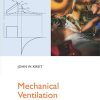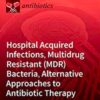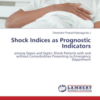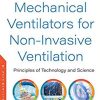Sick Meningitis, POCUS for Pneumoperitoneum, and Treatment of CHS
emdocs.netToday on the emDocs cast with Brit Long, MD (@long_brit) and Manpreet Singh, MD (@MprizzleER) we cover three posts: the sick meningitis patient, ultrasound for pneumoperitoneum, and treatment of cannabiniod hyperemesis syndrome.
Part 1: The Sick Meningitis Patient
Key Points from the Podcast and Post:
– Neisseria meningitides is one of the most dreaded and serious etiologies of meningitis and sepsis. Even with early identification and IV antibiotics, there is a 10-15% mortality associated with this infection.
– Patients will typically report at least 1 of the classic symptoms of meningitis (fever, neck stiffness, headache) and also have severe myalgias in nearly all reported cases. Rash can be the presenting symptom.
– Early identification and antibiotics save lives. Have a low threshold to start antibiotics, particularly if the patient is unstable.
– Petechial rash can quickly spread to full-blown purpura fulminans. If this is suspected, antibiotics and FFP/Protein C as well as emergent consultation with general surgery is indicated.
– Three separate clinical features are associated with adverse outcomes such as death and permanent neurologic deficits: hypotension, altered mental status, and seizures. Two potentially life-threatening complications in the ED due to meningitis include seizures and elevated intracranial pressure (ICP)
– When patients arrive with suspected meningitis and they are toxic appearing, immediate intervention is necessary. Steroids should be a part of initial management concurrent with the first dose of antibiotics to help minimize elevations in ICP and the complications that come along with it.
– Do not forget the basics when it comes to managing elevated ICP in the ED. Elevate the head of the bed to at least 30 degrees, administer hypertonic saline or mannitol, and provide analgesia. Should intubation be necessary, the most experienced physician should intubate, as repeated attempts will increase sympathetic response to laryngoscopy.

















